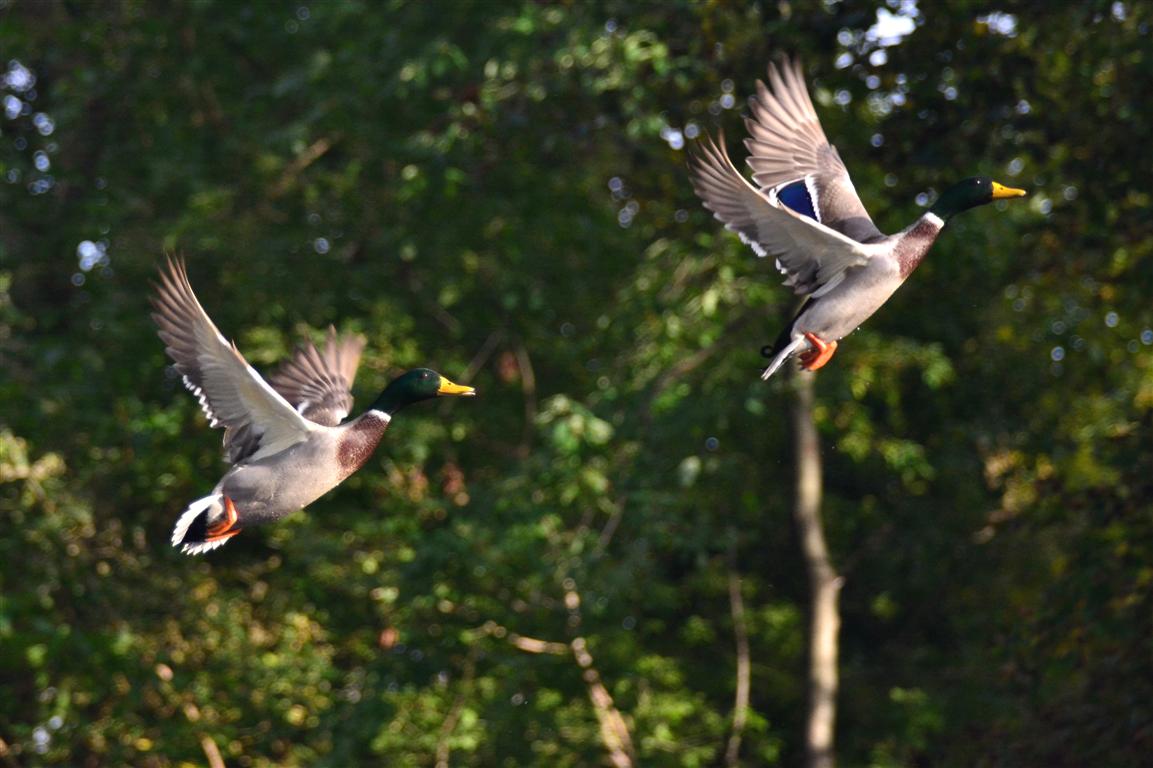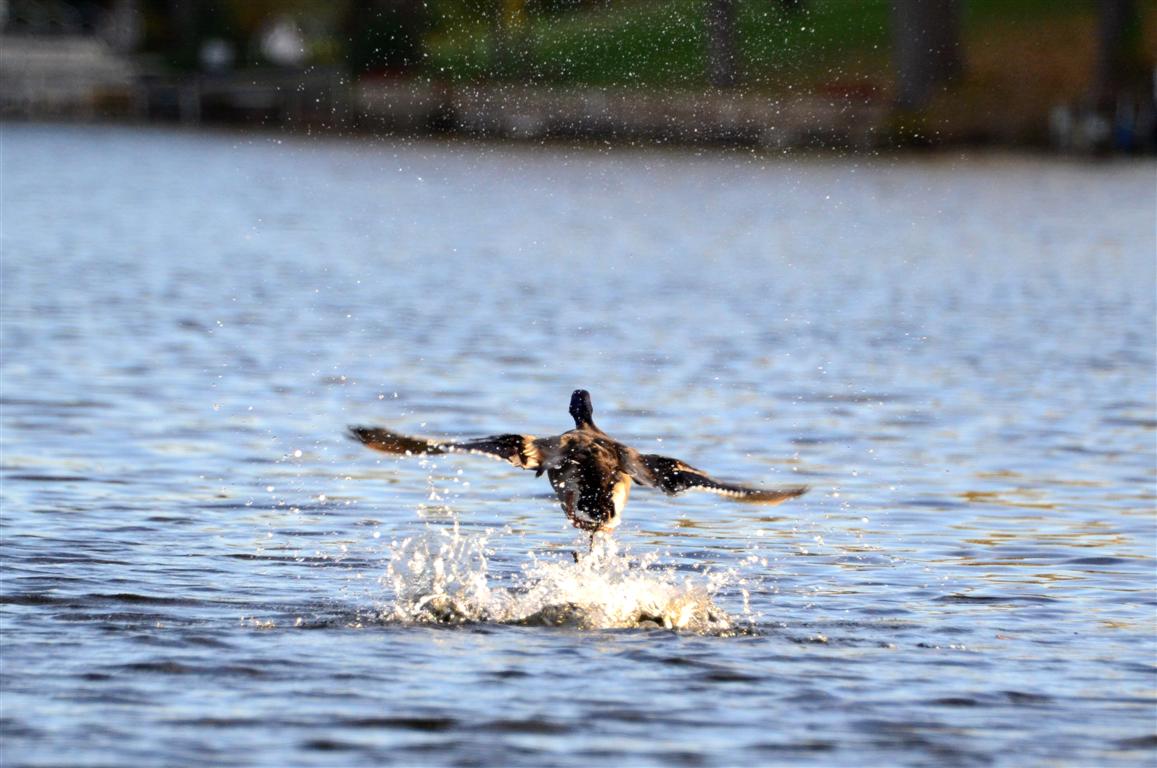Forums › Forums › Farktography General Chat › The Gallery › General Questions
- This topic has 6 replies, 6 voices, and was last updated 12 years, 7 months ago by
bender16v.
-
AuthorPosts
-
October 11, 2011 at 2:50 am #2430
bender16v
ParticipantI’m pretty new to photography since I just got a camera this summer. I’m kicking myself for not starting a LONG time ago because I have traveled to some pretty neat places for my job as an industrial equipment sales/technician guy. My mother was an excellent photographer back in the 70s and early 80s then she quit for some reason. She gave her old Minoltas to my brother years ago and my only friend that is into photography only does wet plates these days. Since I got my camera (Nikon D3100) I’ve been enthralled with photography and read about it daily. The only thing that I do more of than shoot photos is fish, and luckily those compliment each other. I have some questions and would like some general critique so that I can improve.
One of my first questions is how do you get razor sharp images? A lot of my wildlife photos have “halos” and I think that this may be because I am generally shooting from my boat, which is fairly stable but not completely. I have just learned to use Shutter priority mode instead of Aperture, and that has helped but not eliminated the problem. Is the just the Sigma 70-300mm lens or something upon which I can improve? I can’t find any examples at the moment, but I’ll post some when I find them. It does seem to be more apparent with white. Should I be using a CP or ND filter in daylight?
That may go hand-in-hand with my next question. Sometimes white get completely blown out. Like in the attached photo of a white bird on a pier attached below. I have not adjusted any colors or anything in the photo.
I have a bunch more questions, but I’ll wait to ask until I organize them a little more. I have attached a few more photos from this evening that I’d also appreciate some tips/comments on. Thanks!




Exif data should show up if you have the extension, if not let me know and I’ll post it.
October 11, 2011 at 4:45 am #41562 orionidParticipant
orionidParticipanti’m on my phone, which isn’t great for photos but the two duck shots look pretty spectacular. after i get to my computer, i might have some constructive criticism on the other two if you’d like.
re: lens artifacts, i both love and hate my nikkor 70-300. it’s great up to 230 or so mm, then gets soft as shiat. from what i’ve read, about 30% of them do this, and the rest are tack-sharp. sigma may have a similar issue. i have older sigma glass that i still put in the optically superb category, so if they’ve maintained their quality level, it could be just an isolated thing.
cp will help with saturation, nd is more for either long exposure in light or wide open apertures like 1.8 or1.4 in full sun.
October 11, 2011 at 5:49 am #41563CauseISaidSo
ParticipantFirst, welcome to the forums! The gang here is pretty friendly and helpful, so I think you’ve come to the right place.
In the first shot of the white bird, you want the bird to be properly exposed so you’ll want to meter on it, and since it’s a relatively small target, setting your metering mode to spot instead of average or center-weighted average will help. I’m a Canon guy, but I’d imagine the icons are similar: Spot looks like a single dot in the center * while average looks like a circle & dot (*). You can also always go to full manual and set both shutter speed and aperature based on the meter, review the histogram to see which areas are blown out (my Canon flashes them in red), and then adjust accordingly.
In Mallards-Medium, the specs are f/5, 1/1000s @ 180mm and it looks like the focus is just slightly off. I’d guess this is due to the relatively shallow DOF and the ducks shifting slightly along the focal plane from when you first focused (I’m assuming you’re using autofocus). It wouldn’t take too much of a horizontal shift to get slightly out of focus at f/5 and 180mm. You can freeze action pretty well at 1/500, which would allow you to step down the aperature a full stop. I generally shoot in Av mode so that I have explicit control over that and choose how much focus wiggle room I want. I then meter to see what the camera’s going to choose for the shutter speed and then adjust the ISO so that the shutter speed is appropriate for the scene.
Woodland-Heron-Medium looks to me like the shrubbery just behind the heron is in focus, so it may just be a matter of the focal point being slightly shifted while setting autofocus. The heron would be a pretty small target to focus on at 300mm and if it wasn’t spot on, the shrubbbery would be the target. f/5.6 is still relatively shallow, so a smaller aperature (larger f/stop) here would help, too. And many lenses have issues at their extreme limits, so that could factor into it as well.
Taking-Flight-Medium illustrates the DOF of f/5.6 at 300mm. It looks to me like the duck’s tail is in focus and the rest of the body starts to blur slightly as you move away from the camera, so all you need is more DOF.
Take all of that with the caveat that I’m nowhere near the most technically experienced around here.
October 11, 2011 at 8:08 am #41564Plamadude30k
ParticipantAs CISS says, spot metering is very useful. In order to really use it properly, you should understand Ansel Adams’ zone system (and in this case, the complementary/similar digital zone system). The basics can be found here:
http://dpanswers.com/content/tech_zonesystem.php
and more with google. I thought this was the coolest thing ever, especially because of my extensive experience with silicon sensors-knowing how they work is actually helpful here.As for spot metering on the D3100, I’m not entirely sure if you have the button, but on my D7000 it’s just to the back and left of the shutter release/power switch and next to the exposure compensation button. Looking at nikon’s (very low res) images of the D3100, it looks like it’s in the same place.
October 11, 2011 at 10:02 pm #41565sleeping
ParticipantAs CISS says, spot metering is very useful. In order to really use it properly, you should understand Ansel Adams’ zone system
Right – and this kind of gets to why I would not tend to use spot metering for that kind of shot. Thing is, your spot meter wants to make things neutral, so to spot meter off a white heron you’re going to need to dial in, maybe +1.6 EV of exposure compensation or you’re going to get a grey bird and a badly underexposed background.
Alternatively, you could just forget the spot meter and try setting an EV of -1 or so…
It really depends on how you want to work, though. I tend to work by trial and error rather than trying to get the first shot perfect. Spot meters are more for the latter kind of folks in most cases 🙂
But however you choose to work, it’s important to work out what your light meter is telling you, and when and how to overrule it when you need to. The best automation will only ever get it mostly right most of the time…
October 11, 2011 at 10:05 pm #41566Kestrana
ParticipantRE: aperture priority vs. shutter priority
I’m not a photography expert but I love aperture priority and being able to just spin the wheel a bit to get a dark/lighter/sharper image as I adjust between fstops. If you found your shutter speed wasn’t fast enough in aperture priority then you need to adjust your aperture down or your ISO up. Your pictures all look really light to me so I’m wondering if you were shooting at a high ISO?
RE: Heron 3rd picture
I agree with CISS that your focus was on the shrubbery behind you and not the bird. When I’m shooting something far away in landscape I often wrestle with my auto focus not choosing the subject I want in focus, so I turn it off once I have the general focus down and make adjustments manually. It’s sometimes hard when shooting animals that are in motion but you get a feel for your infinity focus.
RE: Equipment
I’ve never used the Sigma lens you have but as orionid mentioned we do have issues with our 70-300, so it’s possible your lens’ focus is just slightly off. See how it does in a controlled environment with something like the eye chart at an optometrist.
RE: Final thought
For your egret pic I’m just wondering about the time of day and weather conditions as well. Midday photos for me were often washed out in the same way this one is, until I learned to use a circular polarizer, take my EV down -.5 and f/22.
October 12, 2011 at 2:45 am #41567bender16v
ParticipantThanks everybody, I really need to learn about metering. I think that I understand other variables, but not entirely exposure. I will study the Zone System and try to work with the light meter more. I played around with spot and center-weighted metering tonight. My camera has a button for AE-L/AF-L and I’ll try to figure out what that does too. Also I think that the auto focus seems to struggle at 300mm, I’ll try your tip next time out Kestrana.
Here is one from tonight at 300mm and the focus is a bit off. It is at f5.6 and the spot in front of the geese look more clear than heads of the geese.
and one without any correction at 200mm where they are much more clear:

and finally one with Center Weighted Average with no post processing:
-
AuthorPosts
- The topic ‘General Questions’ is closed to new replies.